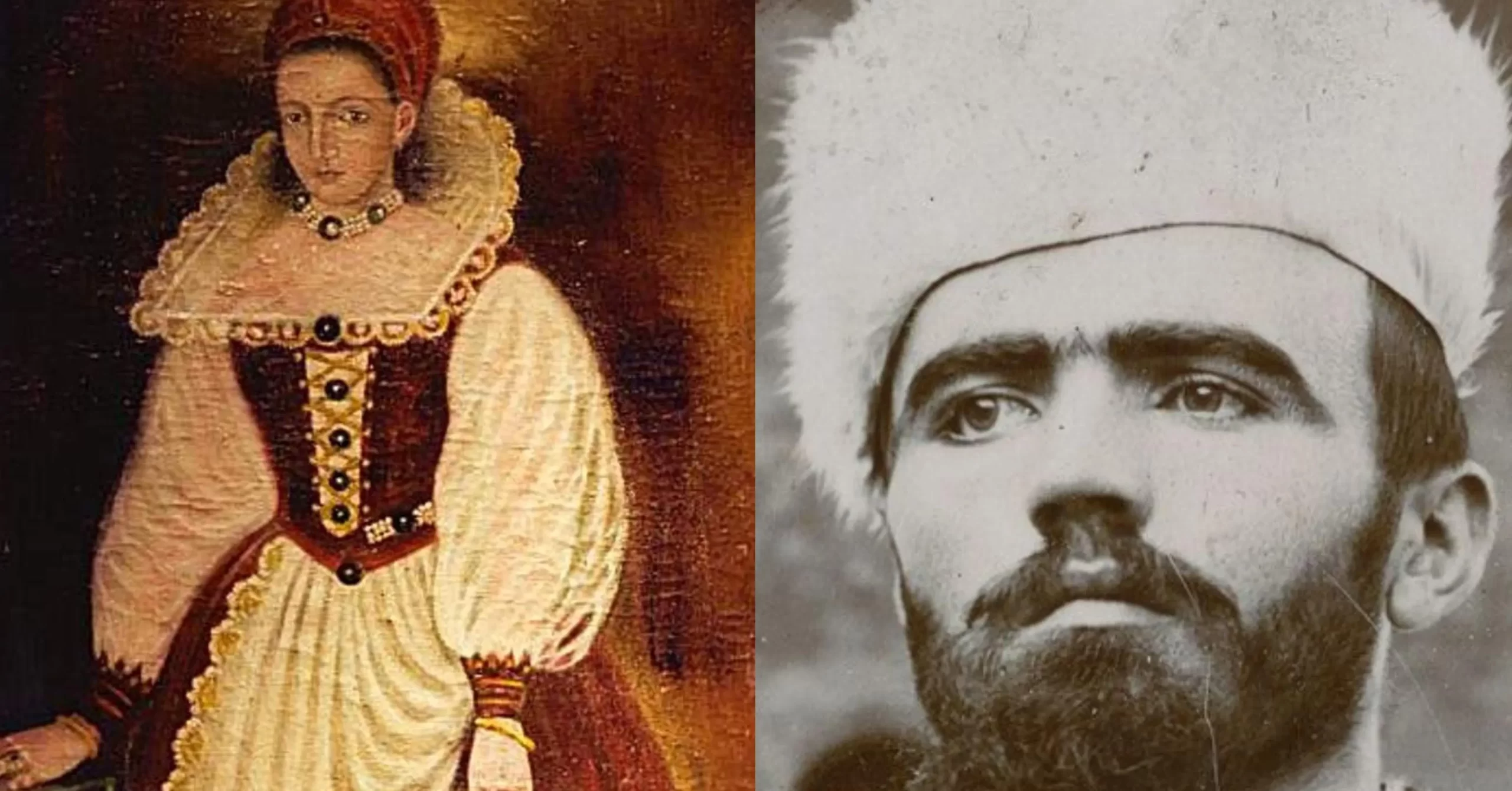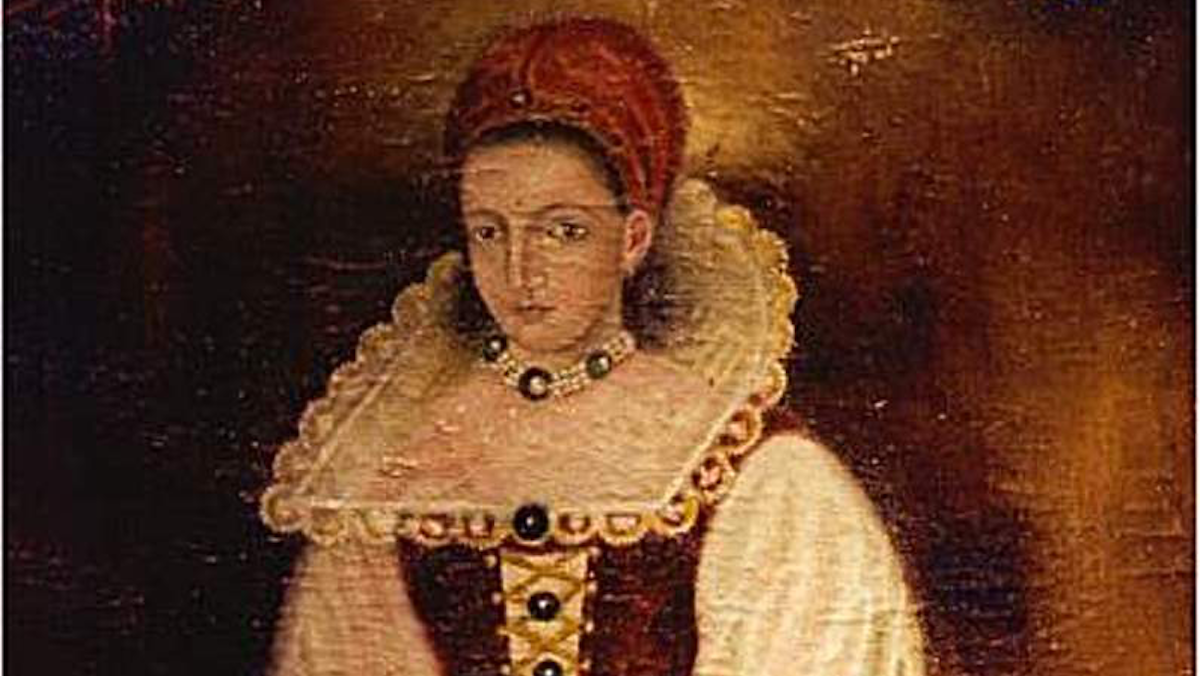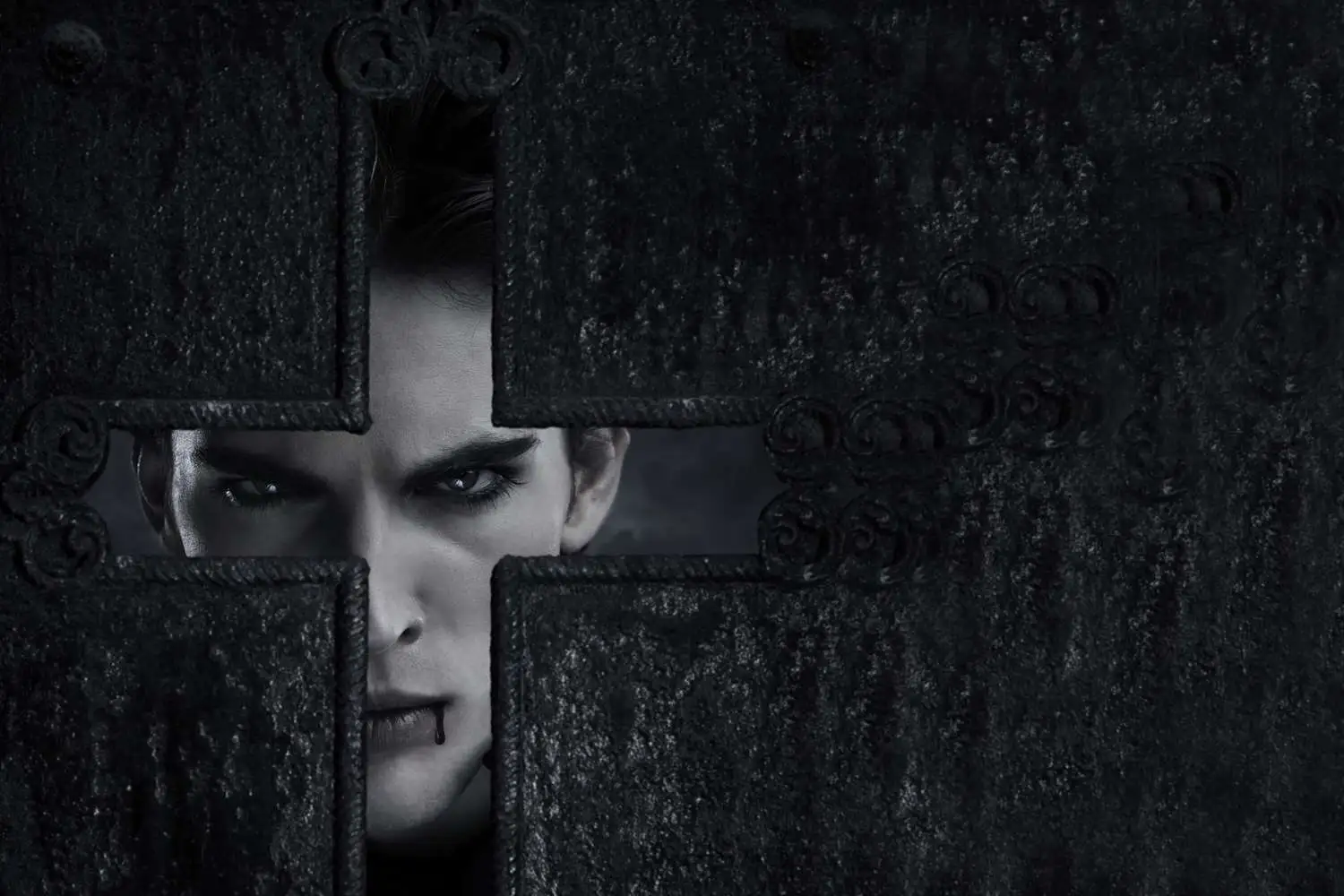Are you intrigued by the world of vampires? Do you want to know more about the most famous real vampire? Look no further! In this post, we will dive into the fascinating world of vampires and explore the most famous real vampire in history. Also, we will explore from the origins of the vampire legend to the most popular depictions in media, this guide has it all.
Vampires are one of the superhumans that have been a subject of fascination for centuries. These blood-feasting creatures have captured the imagination of people all around the world, and they continue to intrigue us even today.
From the folklore of Eastern Europe to the modern-day pop culture depictions, the vampire has undergone a significant transformation over the years. But who is the most famous real vampire? As you keep on reading, you will get to know the most popular real-life vampire.
Who is the Most Famous Real Vampire?
The most famous real vampire in history is undoubtedly Vlad III Dracula, also known as Vlad the Impaler.
Interestingly, he was born in Transylvania in 1431, Vlad III was the Prince of Wallachia and is known for his brutal and ruthless tactics against his enemies. Also, his reputation for impaling his enemies on wooden stakes earned him the nickname “Vlad the Impaler.”
Interestingly, Vlad III is also the inspiration behind Bram Stoker’s famous novel, “Dracula.” While Stoker never claimed that his book was based on a real person.
It is widely believed that Vlad III served as the inspiration for the character of Count Dracula. Also, Stoker’s novel popularized the vampire myth in Western culture and has since spawned numerous adaptations in movies, TV shows, and other media.
Origins of the Vampire Legend
The vampire legend has its roots in the folklore of Eastern Europe, particularly in Romania and Bulgaria. Also, the word “vampire” itself comes from the Slavic word “upir,” which means “a being that sucks.”
In Eastern European folklore, vampires were believed to be the reanimated corpses of people who had died unnatural deaths. This unnatural death can be a result of suicide or murder. In addition, they were said to rise from their graves at night and feed on the blood of the living.
The belief in vampires was so widespread in Eastern Europe that people took elaborate measures to protect themselves from these creatures. Some people would place garlic and thorn bushes around their homes, to protect themselves from vampires.
Also, some people hang mirrors on the walls and sprinkle holy water on their doors to protect themselves. In some cases, they even buried their dead with a stake through their hearts to prevent them from rising as vampires.
Depictions of Vampires in Popular Culture
The vampire myth and legends have undergone many transformations over the years, particularly in popular culture. In the early 20th century, vampires were depicted as grotesque and monstrous creatures, such as in the movie “Nosferatu.”
However, in the latter half of the century, vampires were portrayed as suave and sophisticated beings, as in the TV show “Buffy the Vampire Slayer.”
Today, vampires continue to be a popular subject in movies, TV shows, and books. Also, the “Twilight” series, which features a teenage romance between a vampire and a human, has become a cultural phenomenon.
In addition, other popular depictions of vampires include the TV shows “True Blood” “The Vampire Diaries” and the movie “Interview with the Vampire.”
Related Searches:




